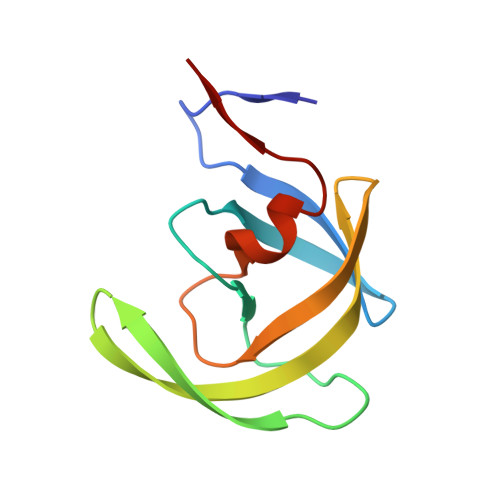Design, synthesis, and biological and structural evaluations of novel HIV-1 protease inhibitors to combat drug resistance.
Parai, M.K., Huggins, D.J., Cao, H., Nalam, M.N., Ali, A., Schiffer, C.A., Tidor, B., Rana, T.M.(2012) J Med Chem 55: 6328-6341
- PubMed: 22708897
- DOI: https://doi.org/10.1021/jm300238h
- Primary Citation of Related Structures:
4DJO, 4DJP, 4DJQ, 4DJR - PubMed Abstract:
A series of new HIV-1 protease inhibitors (PIs) were designed using a general strategy that combines computational structure-based design with substrate-envelope constraints. The PIs incorporate various alcohol-derived P2 carbamates with acyclic and cyclic heteroatomic functionalities into the (R)-hydroxyethylamine isostere. Most of the new PIs show potent binding affinities against wild-type HIV-1 protease and three multidrug resistant (MDR) variants. In particular, inhibitors containing the 2,2-dichloroacetamide, pyrrolidinone, imidazolidinone, and oxazolidinone moieties at P2 are the most potent with K(i) values in the picomolar range. Several new PIs exhibit nanomolar antiviral potencies against patient-derived wild-type viruses from HIV-1 clades A, B, and C and two MDR variants. Crystal structure analyses of four potent inhibitors revealed that carbonyl groups of the new P2 moieties promote extensive hydrogen bond interactions with the invariant Asp29 residue of the protease. These structure-activity relationship findings can be utilized to design new PIs with enhanced enzyme inhibitory and antiviral potencies.
- Program for RNA Biology, Sanford-Burnham Medical Research Institute, La Jolla, CA 92037, USA.
Organizational Affiliation:


















